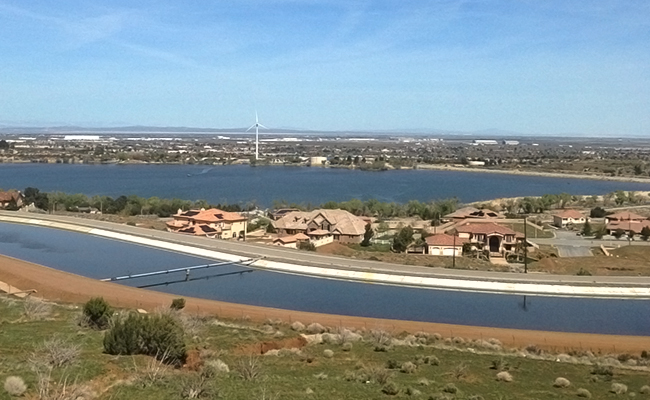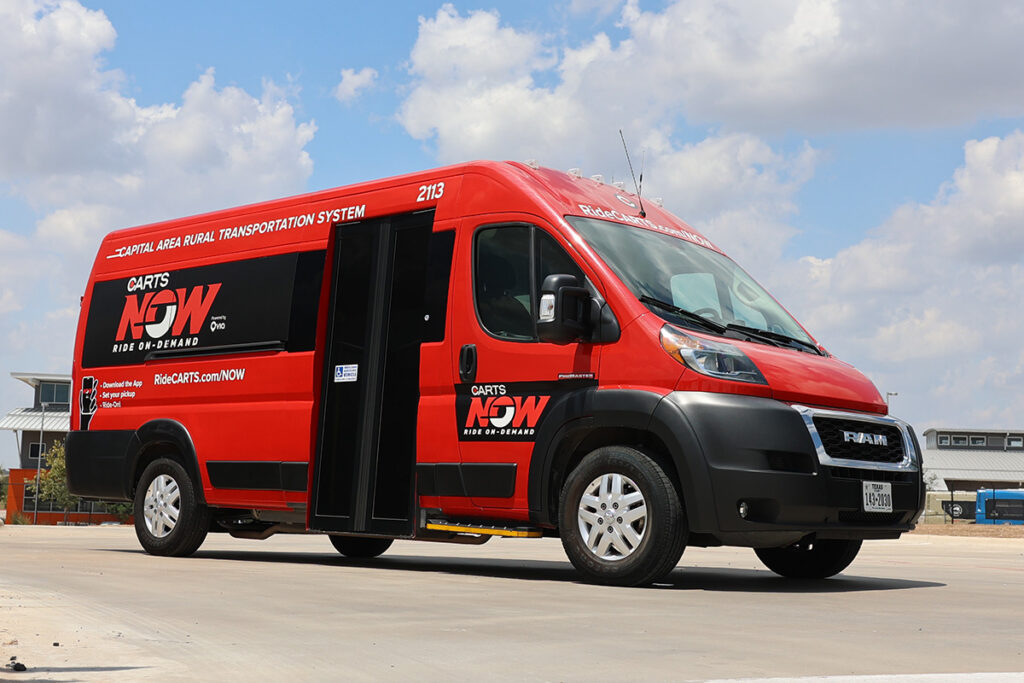Spanning more than 8,000 square miles of mountains, valleys, and desert landscapes, Kern County, California, encompasses a diverse group of communities and assets. Comprising more than 3,000 square miles—roughly one-third of the total—the county’s eastern portion is larger than the combined land mass of Delaware and Rhode Island. The region contains three incorporated cities (California City, Ridgecrest, and Tehachapi) and three unincorporated communities (Boron, Mojave, and Rosamond.) East Kern’s economy is driven primarily by two military installations (Naval Air Weapons Station-China Lake and Edwards Air Force Base) and the Mojave Air & Space Port and Rio Tinto Minerals. East Kern is also closely linked to the greater Los Angeles economy, especially the communities of Lancaster and Palmdale.
To help capitalize on its unique advantages, Kern County engaged TIP to lead the preparation of an economic diversification plan for East Kern County. Over the course of a 12-month planning process, TIP worked with Kern County and key partner organizations including the Kern Economic Development Corporation (EDC) and the East Kern Economic Alliance (EKEA) to create a bold and comprehensive set of strategies to accelerate economic development in East Kern. Chabin Concepts, a California-based economic development consulting firm, assisted TIP and Kern County throughout the project. The plan was recently featured at the 17th annual Kern County Economic Summit during a panel discussion with three of the region’s major employers: Naval Air Weapons Station-China Lake, Edwards Air Force Base, and Rio Tinto Minerals.
The plan calls for several new and aggressive initiatives to grow the regional economy. Some of the most promising strategies include:
- A targeted effort to work with the Mojave Air & Space Port to expand existing businesses and recruit new companies to the region, including aerospace product manufacturers, service providers, and research and testing firms.
- New partnerships with the region’s military installations, higher education institutions, and other stakeholders to encourage innovation and entrepreneurship activity.
- Packaging the region’s diverse menu of outdoor recreation and tourism assets to attract new visitors and talent into East Kern.
In addition to the regional diversification plan, TIP created strategic plans that respond to the unique opportunities and challenges facing each of the region’s six communities. The plan also formalizes the role of the East Kern Economic Alliance (a collaborative group of local economic development partners convened by the Kern EDC) and lays a foundation for additional resources for implementation. The Alliance is now working to pursue additional implementation funding from the Office of Economic Adjustment (OEA) to move these initiatives forward with dedicated staff. TIP is hopeful East Kern will follow a similar path of another client community that recently received OEA implementation funding: the Fort Campbell region of Tennessee and Kentucky.



